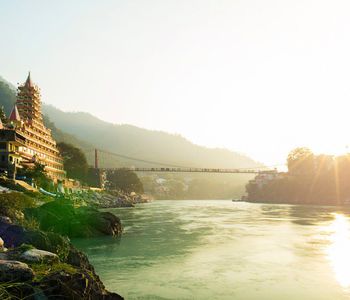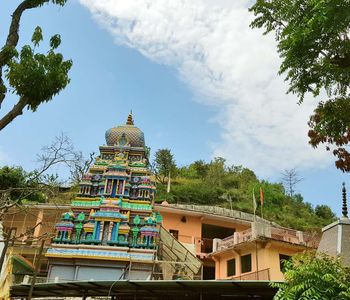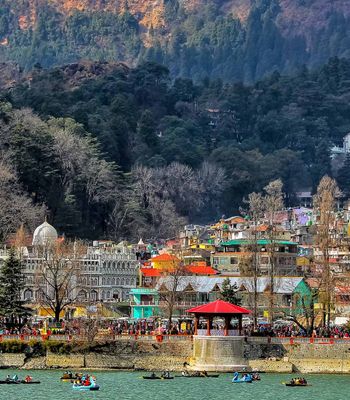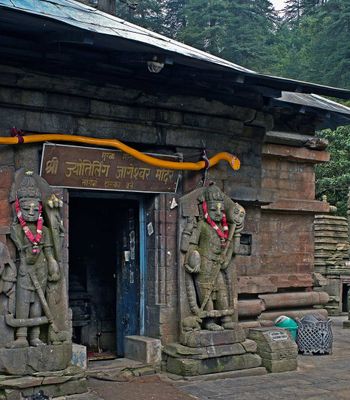In the heart of Rishikesh, where the spiritual pulse of India beats strongest, lies Triveni Ghat — a sacred confluence where mythology flows as freely as the rivers themselves. Here, the Ganga, Yamuna, and the elusive Saraswati meet, not just in water, but in faith, history, and healing.
Rich with history, this Ghat has long been a site of devotion. Legend has it that Lord Krishna came to Triveni Ghat after being wounded by an arrow. Even now, it is here that people come to wash their sins away, seek blessings, and find solace in the smooth current of the water.
A Sacred Legacy: The History of Triveni Ghat
The name “Triveni” means “three rivers” and refers to a belief that here, the Ganges are joined by the mythical rivers Yamuna and Saraswati. Though it is invisible, the Saraswati River is said to flow underground and join the other two.
The name Triveni Ghat is described in the Hindu scriptures, such as as Mahabharata and Ramayana. According to the myth, this ghat was visited by Lord Krishna when an arrow wounded him.
For thousands of years, saints, sages, and devotees have meditated here in their quest for blessings. The recent buildings surrounding the ghat were engineered to cater to the many devotees who flock to this area daily.
Despite the changes, the spiritual essence of the place remains intact.
The Spiritual Heart of Rishikesh: Rituals & Significance
Triveni Ghat is more than just a bathing place; it is a place of great spiritual significance. Hindus think bathing here cleanses the soul and assists one in achieving moksha (liberation). Many devotees also offer Pind Daan (performing rituals for ancestors) at the ghat, believing it helps provide their departed loved ones peace.
Triveni Ghat is not just a religious place but also a cultural hub. Many classical music and dance performances take place here, celebrating the rich heritage of India. The buzzing markets around the ghat sell religious items, handicrafts, and souvenirs, making it a lively place to explore.
What to Expect at Triveni Ghat? Must-See Attractions
Apart from the spiritual experience, Triveni Ghat has more to explore. Some key highlights to seek out are:
- Geeta Mandir and Laxmi Narayan Temple: Near the ghat, temples are dedicated to Lord Krishna and Lord Vishnu. Their complex architecture and spiritual tranquility draw many believers.
- Feeding the Fishes: One of the lesser-known but interesting activities at Triveni Ghat is feeding the fish in the Ganges. Feeding the birds is also believed to be an act of virtue, and many of the devotees purchase puffed rice to feed the birds.
- Early Morning Yoga Sessions: Rishikesh is known as the world's yoga capital, and Triveni Ghat is a serene place where you can practice yoga and pranayama (breathing exercises) in the morning. Many visitors participate in yoga sessions held by local gurus along the riverbank.
Lesser-Known Facts About Triveni Ghat
Here are some lesser-known facts about Triveni Ghat:
- Mentioned in Hindu Epics: Triveni Ghat is believed to be the spot where Lord Krishna’s cremation took place after his earthly departure.
- A Magnet for Saints and Sages: Many famous saints, including Swami Vivekananda and Swami Sivananda, are said to have meditated here.
- A Filming Location: Due to its scenic beauty and spiritual significance, several Bollywood films, such as Raaj Shaandilyaa’s Vicky Vidya Ka Woh Wala Video (2024), have been shot here.
Seasons of Divinity: The Best Time to Visit
Triveni Ghat is open throughout the year, but the best time to visit depends on the kind of experience you are looking for.
From October to March, the winter and early spring months bring cool and pleasant weather, making it ideal for exploring the ghat and attending the peaceful Ganga Aarti. The mornings and evenings are especially serene, allowing visitors to soak in the spiritual atmosphere without discomfort.
During the summer months, from April to June, the temperatures rise, and the afternoons can be quite warm. However, the mornings and evenings remain pleasant, making it a good time for a quieter visit.
The monsoon season transforms the ghat into a breathtaking sight from July to September. The river swells, and its strong flow adds to the beauty of the place.
Getting There: Your Guide to Reaching Triveni Ghat
Triveni Ghat is well-connected by air, rail, and road, making it easily accessible for visitors:
By Air
The nearest airport to Triveni Ghat is Jolly Grant Airport (DED) in Dehradun, about 18 km away. From the airport, you can hire a taxi or take a bus to reach the ghat in about 30 minutes.
By Train
The nearest railway station is Rishikesh Railway Station, just 1.5 km from Triveni Ghat. It is connected to major cities like Delhi, Haridwar, and Dehradun. From the station, you can take an auto-rickshaw or a cycle rickshaw to the ghat, less than 10 minutes away.
By Road
Rishikesh is well-connected by road with major cities in North India. Government and private buses run frequently from Delhi, Haridwar, and Dehradun. If you prefer a more comfortable journey, you can hire a taxi or drive your own vehicle.
The Evening Spectacle: Witnessing the Ganga Aarti
The Ganga Aarti is one of the major attractions at Triveni Ghat, a fascinating ritual held every evening as the sun sets. The aarti is a majestic sight as large brass lamps (diyas) are lit while priests chant Vedic hymns. It is filled with the ringing of bells and blowing of the conch shell — an invocation that can be heard everywhere.
The ghat is filled with devotees and visitors, who come holding small leaf boats full of flowers and diyas, which they then release onto the river in an offering to Goddess Ganga. The reflection of the flickering flames on the water creates a magical scene that leaves a lasting impression on everyone present.
Triveni Ghat is not just where rivers meet; it’s where stories, prayers, and hearts find their way back home. Long after the lamps drift down the Ganga and the chants fade into silence, something within you shifts. It’s the kind of place you don’t just visit once — it calls you back, again and again.












